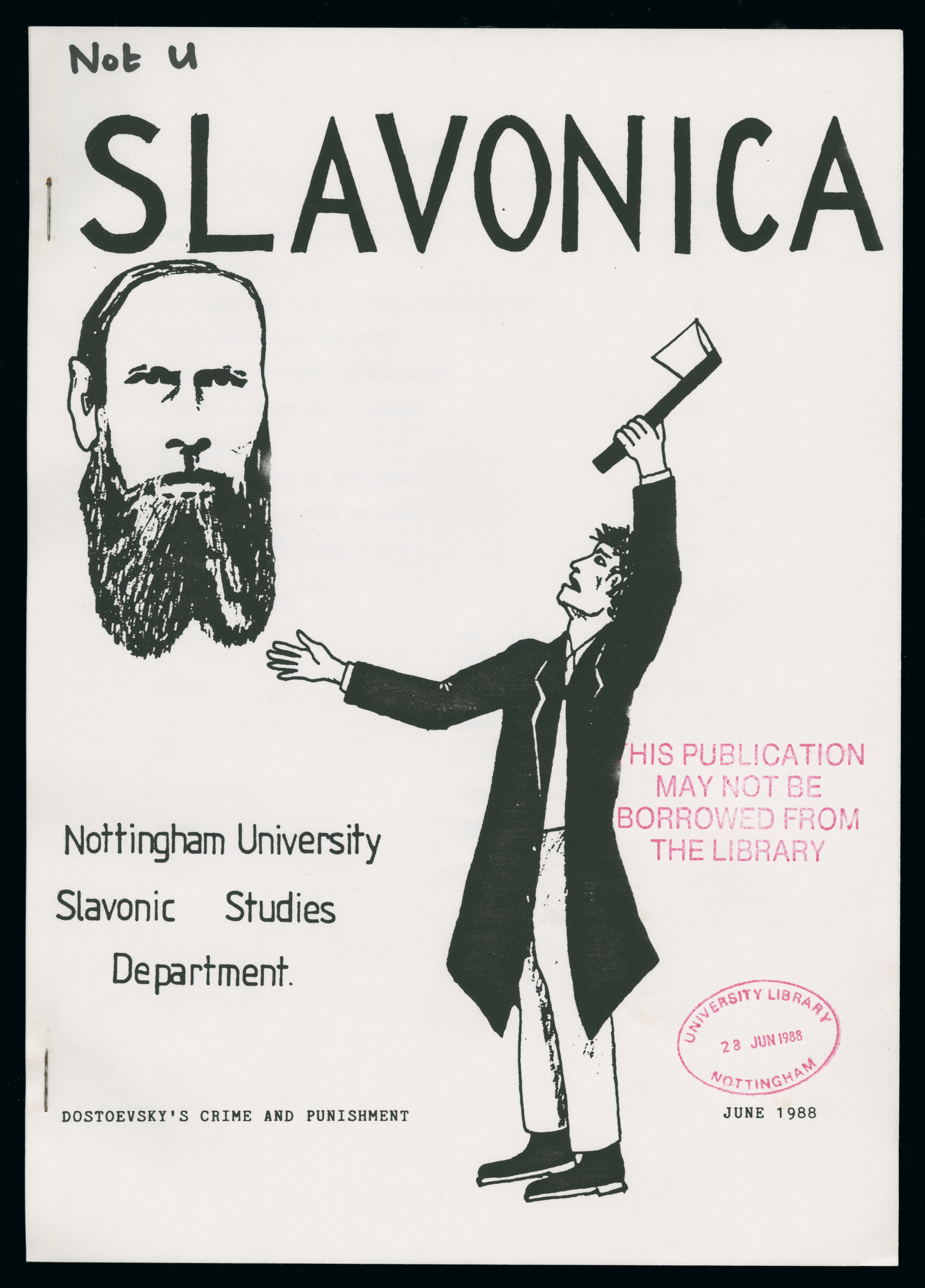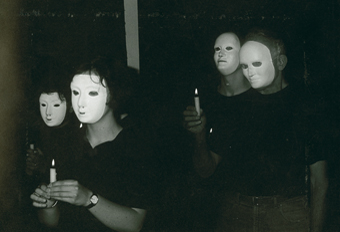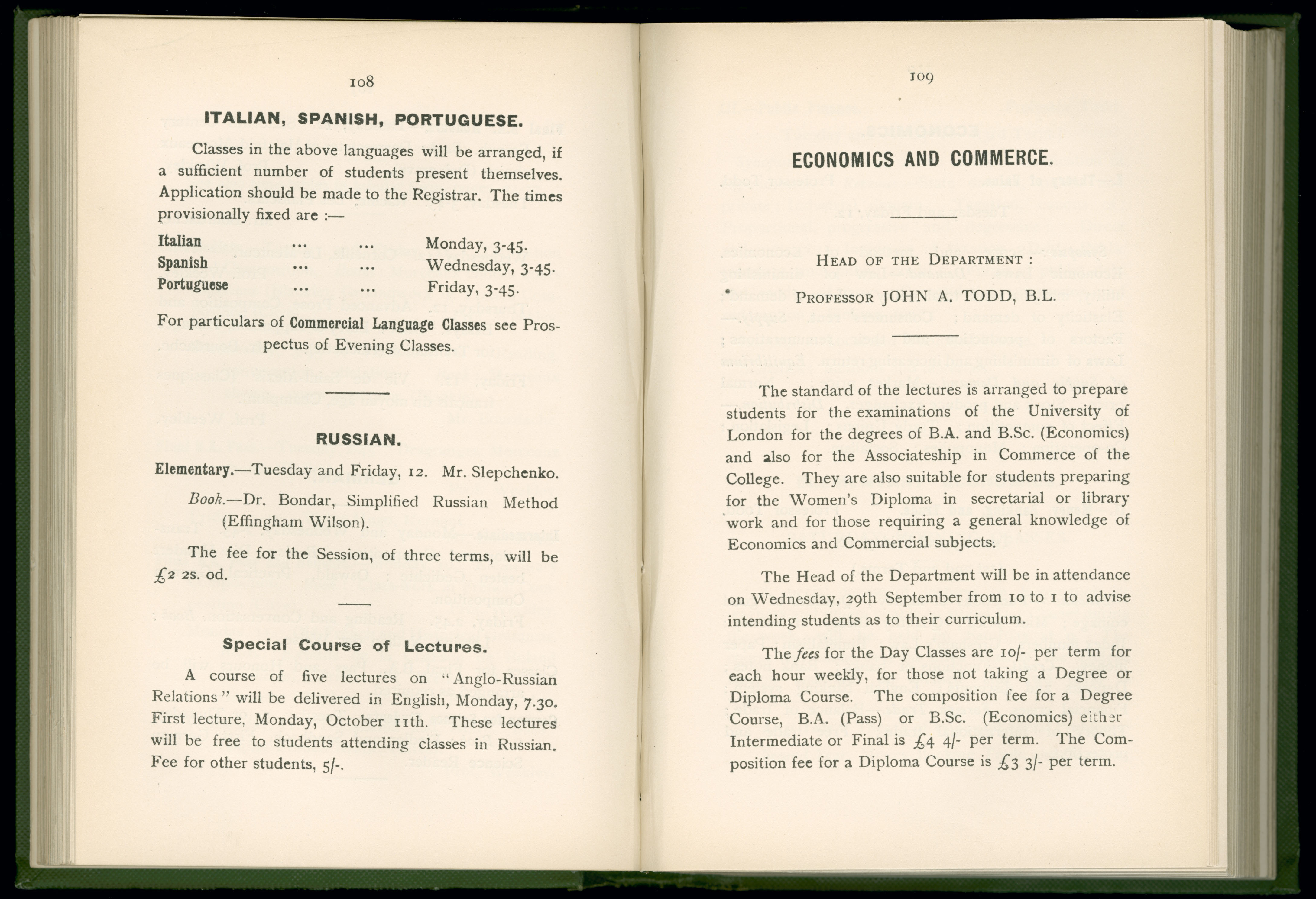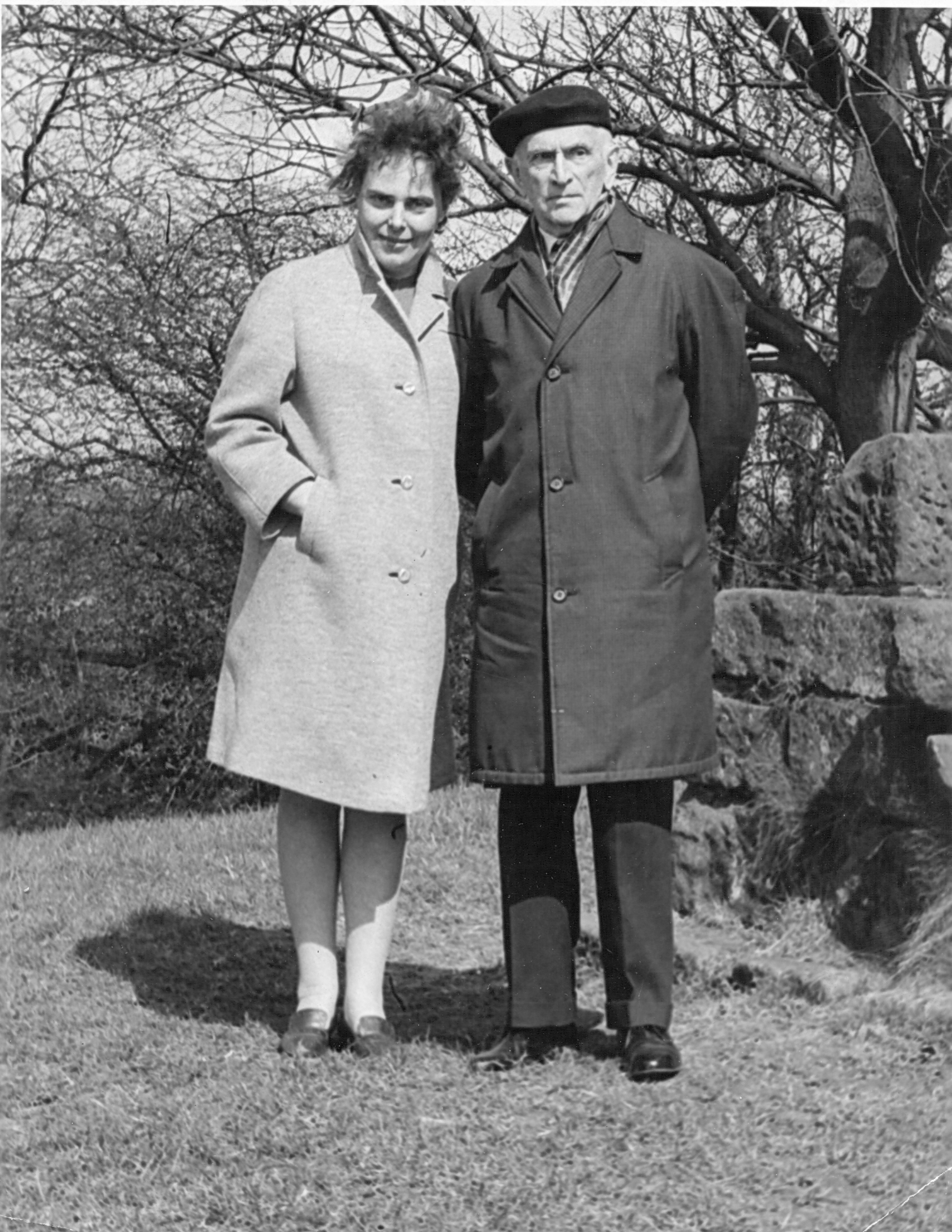Introduction. The Slavonic Pseudepigrapha. Andrei A. Orlov. 1. Transmission of Jewish Pseudepigraphical Texts in the Slavic Milieux. The majority of the Jewish extra-biblical materials that circulated in the Slavic lands came from Byzantium which exercised an unmatched formative influence on the development of the Slavic literary heritage.
The Association for Slavic, East European, and Eurasian Studies condemns the bill drafted by the Polish legislature and s



208 thoughts on “Two ROCOR Bishops and the Russian Old Believers in Oregon”
The UCL college of Slavonic and East European Studies (SSEES) is one of the world’s leading institutions for research and teaching on Russia, the Baltics, and Central, Eastern and South-East Europe.
The Slavic languages (also called Slavonic languages) are the Indo-European languages spoken by the Slavic peoples.They are thought to descend from a proto-language called Proto-Slavic spoken during the Early Middle Ages, which in turn is thought to have descended from the earlier Proto-Balto-Slavic language, linking the Slavic languages …
Orthodox Church music, Byzantine chant, Church Slavonic & Orthodox liturgical music, Byzantine & Eastern Orthodox Church music, Prostopinije chant, Znamenny chant, Byzantine music history, Russian Orthodox chant links, as well Russian Choir and Orthodox choral group websites






The FRINGE Centre is UCL’s Centre for the Study of Social and Cultural Complexity
Old Church Slavonic; Old Church Slavic ⰔⰎⰑⰂⰡⰐⰠⰔⰍⰟ ⰧⰈⰟⰊⰍⰟ словѣ́ньскъ ѩꙁꙑ́къ slověnĭskŭ językŭ

BASEES is the UK national learned society for the study of Russia, Eastern Europe and the former Soviet Union.
Description: The Slavonic and East European Review was founded in 1922 by Bernard Pares, R. W. Seton Watson and Harold Williams as the journal of the college of Slavonic and East European Studies.
